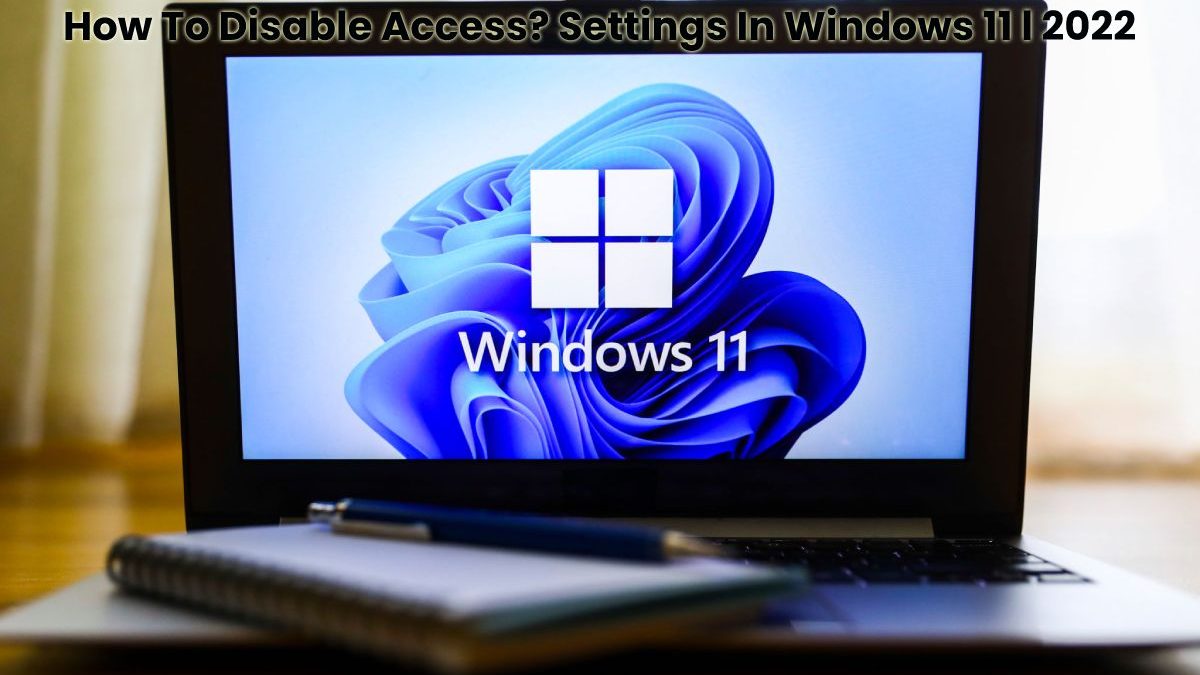Users can be prevented from changing Windows settings by blocking the Settings app and Control Panel. Here’s how to do it in Windows 11.
On Windows 11, Settings is the app that lets users customize how Windows works and customize system settings (such as account, network, privacy, and language). The Control Panel is similar to the Settings app, but it’s the classic tool that will remain available until all old settings are moved to the Settings app.
Since both apps allow users to modify virtually every aspect of Windows, if you’re a network administrator or share a computer with others, you might want to prevent non-technical users from accessing Windows. Settings app and Control Panel to avoid misconfigurations.
Whatever the reason, Windows 11 includes a policy to disable access to both applications using the local group policy editor. On the other hand, it allows editing the registry to block such access.
Table of Contents
How to disable Settings and Control Panel using Group Policy?
If you’re using Windows 11 Pro (or Enterprise), you can use the Local Group Policy Editor to limit access to the Settings app and Control Panel.
To disable Settings and Control Panel using Group Policy, follow these steps:
- Open the Start menu.
- Search for gpedit and click on the first result to open the Local Group Policy Editor.
- Navigate to the following branch:
User Configuration > Administrative Templates > Control Panel
- Double-click the Deny access to Control Panel and PC Settings app policy.
- Select the Enabled option.
- Click the Apply button.
- Click on the button OK button.
Once you make this tweak, users will no longer be able to open the Settings app or Control Panel.
When enabling this option, be aware that users attempting to open the Control Panel will receive a message. This process has been cancelled due to limits in effect on this computer. Contact your system administrator”. Similarly, users who try to open the Settings app may notice that the app loops when trying to start. This behavior should stop after a while, but a computer restart may be required.
- If you want to revert the settings, you can always follow the exact instructions, selecting the Not configured option.
Note: this policy is also available on Windows 10 Pro and Enterprise.
How to Disable Settings and Control Panel by Editing the Windows Registry? In Windows 11
In Windows 11 Home, you won’t have access to the Local Group Policy Editor. However, you can still prevent users from accessing the Settings app and Control Panel by editing the Windows registry.
Notice: Editing the registry is risky and can cause permanent damage to Windows if you do it incorrectly. Before proceeding, we recommend that you make a complete backup of your PC.
To block access to the Settings app using the registry, follow these steps:
- Open the start menu.
- Search for Reedit and click on the first result to open Registry Editor.
- Navigate to the following branch:
- Right-click the Explorer key, select New and click DWORD (32-bit) Value.
- Name the key No Control Panel and press Enter.
- Double click on the anew created DWORD and set Value Data to 1.
- Click the OK button.
Once this change is made, like with the Local Group Policy Editor, users will no longer be able to open the Control Panel or Settings app in Windows 11.
- You can still undo the changes by following the same steps but changing the value from 1 to 0 for the DWORD No Control Panel.
Note: this change can also be made in the Windows 10 registry to block Settings and Control Panel access.

